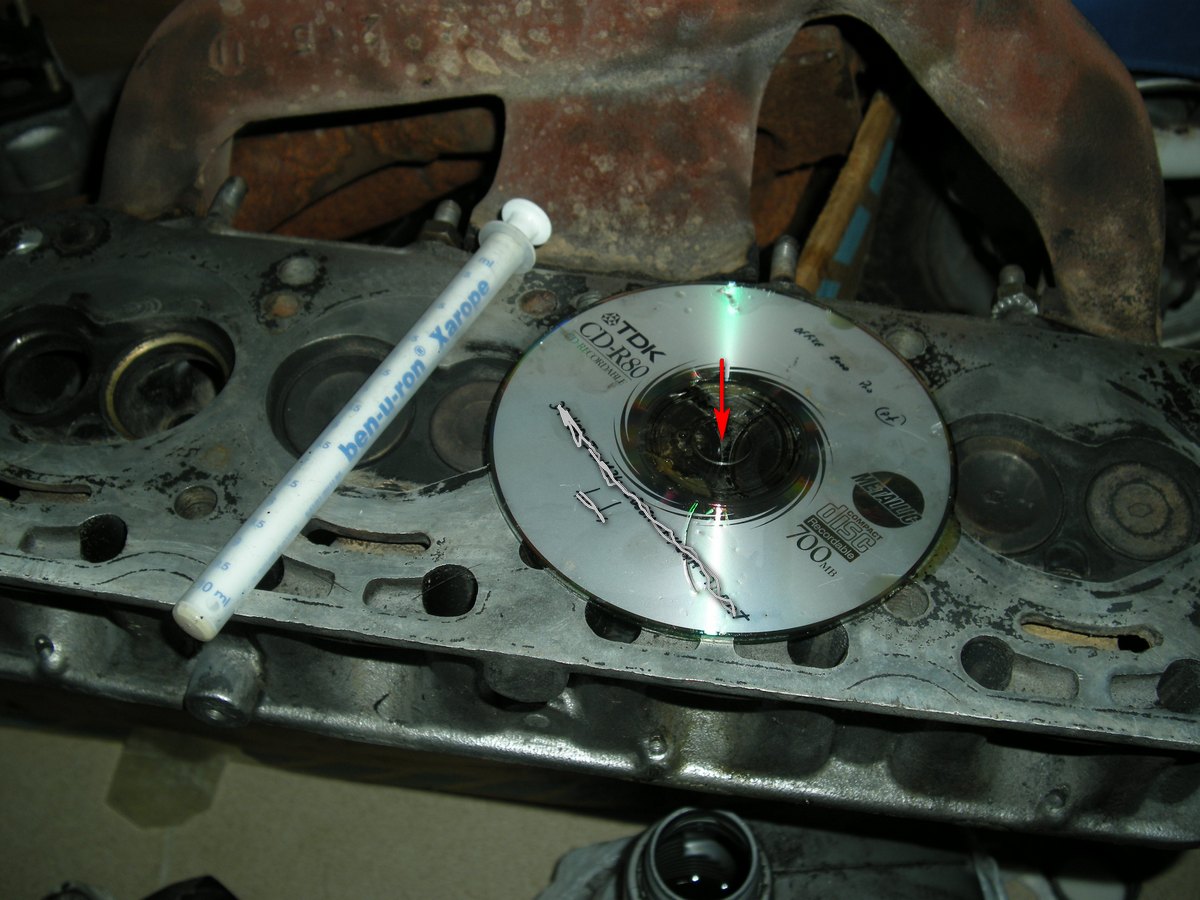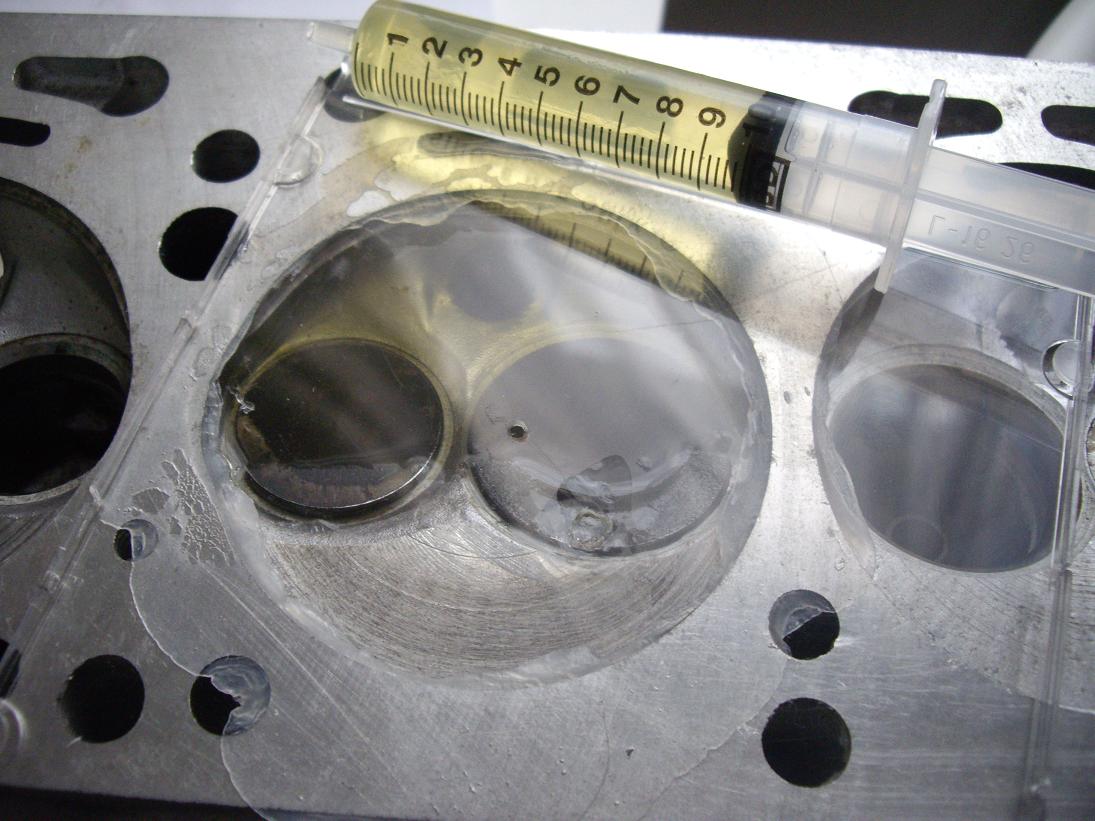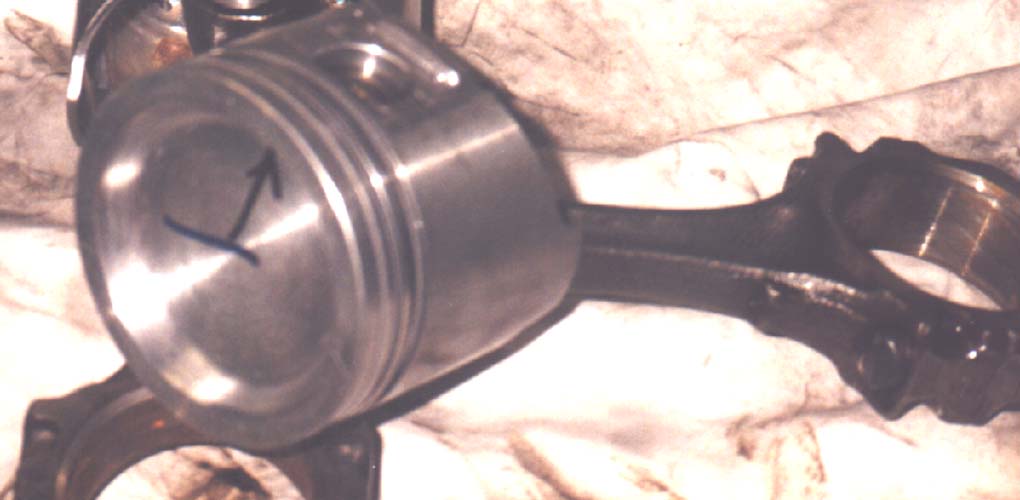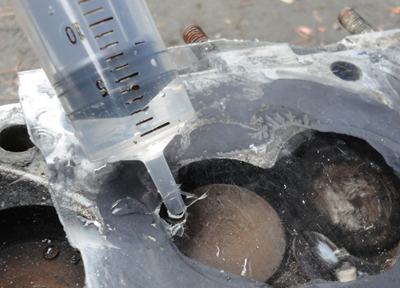| Revision as of 01:01, 19 March 2016 ddgonzal (Talk | contribs) (->Measuring Combustion Chamber Volume) <- Previous diff |
Current revision ddgonzal (Talk | contribs) (->Which Cylinder Head is "Best"?''') |
||
| Line 1: | Line 1: | ||
| = Measuring Combustion Chamber Volume = | = Measuring Combustion Chamber Volume = | ||
| Use a piece of Plexiglas and a CC'd syringe | Use a piece of Plexiglas and a CC'd syringe | ||
| - | <br><img size=400>http://datsun1200.com/modules/myalbum/photos/23395.jpg</img> [http://datsun1200.com/modules/myalbum/photo.php?lid=23395 album] | + | <br>{{Album|23395}} {{Album|23396}} {{Album|23397}} {{UploadPost|5230_4ae06a797ed65.jpg|286983}} |
| - | + | ||
| - | <img size=400>http://datsun1200.com/modules/myalbum/photos/23396.jpg</img> [http://datsun1200.com/modules/myalbum/photo.php?lid=23396 album] | + | |
| - | + | ||
| - | <img size=400>http://datsun1200.com/modules/myalbum/photos/23397.jpg</img> [http://datsun1200.com/modules/myalbum/photo.php?lid=23397 album] | + | |
| - | + | ||
| - | <img size=400>http://datsun1200.com/uploads/newbb/5230_4ae06a797ed65.jpg</img> [http://datsun1200.com/modules/newbb/viewtopic.php?post_id=286983#forumpost286983 post] | + | |
| Here's what you need: | Here's what you need: | ||
| Line 16: | Line 10: | ||
| Syringes are available from animal feed stores or your local chemist. Get a couple of syringes one thats about 20mls and one that has 0.1 increments which is normally about 3mls. That will cost $1-$2. | Syringes are available from animal feed stores or your local chemist. Get a couple of syringes one thats about 20mls and one that has 0.1 increments which is normally about 3mls. That will cost $1-$2. | ||
| - | <img size=400>http://datsun1200.com/uploads/newbb/7952_4c09b4f20ec7b.jpg</img> [http://datsun1200.com/modules/newbb/viewtopic.php?post_id=320626 post] | + | {{UploadPost|7952_4c09b4f20ec7b.jpg|320626}} |
| Here's how to measure: | Here's how to measure: | ||
| Line 29: | Line 23: | ||
| Dished pistons (factory A15) | Dished pistons (factory A15) | ||
| - | <br>[http://datsun1200.com/modules/myalbum/photo.php?lid=472 http://datsun1200.com/modules/myalbum/photos/thumbs/472.JPG] | + | <br>{{Album|472|JPG}} |
| Note that pistons came with different dishes according to year, country, etc. | Note that pistons came with different dishes according to year, country, etc. | ||
| - | <img size=400>http://datsun1200.com/modules/myalbum/photos/23398.jpg</img> [http://datsun1200.com/modules/myalbum/photo.php?lid=23398 album] | + | {{Album|23398}} {{Album|23399}} |
| - | + | ||
| - | <img size=400>http://datsun1200.com/modules/myalbum/photos/23399.jpg</img> [http://datsun1200.com/modules/myalbum/photo.php?lid=23399 album] | + | |
| = Measuring Piston Dish Volume = | = Measuring Piston Dish Volume = | ||
| Measure piston dish the same way, with a CC-marked syringe. | Measure piston dish the same way, with a CC-marked syringe. | ||
| + | |||
| + | {{Photo!|dish.jpg}} {{Photo!|dish2.jpg}} | ||
| = Which Cylinder Head is "Best"?''' = | = Which Cylinder Head is "Best"?''' = | ||
| Line 47: | Line 41: | ||
| NOTE: Don't confuse "open chamber" for a hemi-style chamber. Yes, both are 360-degree 'open', but the term "hemi" refers to valves at 45-degrees to each other (all A-type engines use valves parallel to each other). The "open" chamber is not inherently better flowing, but is used to reduce compression for lower NOx emissions. | NOTE: Don't confuse "open chamber" for a hemi-style chamber. Yes, both are 360-degree 'open', but the term "hemi" refers to valves at 45-degrees to each other (all A-type engines use valves parallel to each other). The "open" chamber is not inherently better flowing, but is used to reduce compression for lower NOx emissions. | ||
| - | Some say to start with the [[A12GX Engine]] head due to its high-compression chamber. Adding bigger valves is good for high-rpm power. Others say a ported standard A12 head will flow as much as the A12GX, but this doesn't increase the compression. | + | Some say to start with the [[A12GX Engine]] head due to its closed (heart-shaped) chamber -- which causes excellent quench, thus less prone to detonation and more power. Adding bigger valves is good for high-rpm power. Others say a ported standard A12 head will flow as much as the A12GX, but this doesn't increase the compression. |
| GX heads are not always easy to find, though they pop up for sale every year. | GX heads are not always easy to find, though they pop up for sale every year. | ||
| Line 55: | Line 49: | ||
| Or you could use the H72 head, and shave/mill it to increase compression. | Or you could use the H72 head, and shave/mill it to increase compression. | ||
| - | The A14GX (high-compression) head is probably the best all-around head: big valves, big ports and an efficient chamber design. But you probably cannot find this Competition head ... unless you already have one. | + | The "A14GX" (Nissan Competition closed chamber) head is probably the best all-around head: big valves, big ports and an efficient chamber design. But you probably cannot find this Competition head ... unless you already have one. |
| Aftermarket piston styles vary (flat-top or dished, and aftermarket popup/domed pistons). With dished pistons, the pistons can be shaved and the block milled (up to 0.090 inch) to make high compression "flat-top pistons". | Aftermarket piston styles vary (flat-top or dished, and aftermarket popup/domed pistons). With dished pistons, the pistons can be shaved and the block milled (up to 0.090 inch) to make high compression "flat-top pistons". | ||
| - | [http://datsun1200.com/modules/myalbum/photo.php?lid=2935 http://datsun1200.com/modules/myalbum/photos/thumbs/2935.jpg] | + | {{Album|2935}} |
| On the other hand, for a supercharged motor low compression is best, because you can use more boost and gain more power than is lost due to the low compression. | On the other hand, for a supercharged motor low compression is best, because you can use more boost and gain more power than is lost due to the low compression. | ||
| * closed chamber head with a half-dished piston is probably best due to the efficient "quench" combustion | * closed chamber head with a half-dished piston is probably best due to the efficient "quench" combustion | ||
| - | |||
| For a low-rpm 'grunt' engine, or for maximum fuel economy, you'll want: | For a low-rpm 'grunt' engine, or for maximum fuel economy, you'll want: | ||
| - | * Small ports< | + | * Small ports |
| * large valves with an A14 or A15, small stock-size valves with an A10 or A12 (anyone have another opinion?) | * large valves with an A14 or A15, small stock-size valves with an A10 or A12 (anyone have another opinion?) | ||
| * closed chamber or swirl-port head | * closed chamber or swirl-port head | ||
| + | |||
| + | == What About a High-Compression Head? == | ||
| + | A-series heads usually have 29cc chambers -- whether they are early closed-chambers or emission-type open chambers. The compression ratio is varied by the piston dish: flattops for 10:1, slight dish for 9:1 and deeper dish for 8.5:1. Some of the 1980s heads have 31cc chambers. | ||
| == So which is better for a street engine? == | == So which is better for a street engine? == | ||
| Line 81: | Line 77: | ||
| Also see: [[Head Porting]] (Port and Polish) | Also see: [[Head Porting]] (Port and Polish) | ||
| - | [[Category:Engine Mechanical]] [[Category:Cylinder Heads]] | + | [[Category:Engine Mechanical]] [[Category:Cylinder Heads]]{{End}} |
Current revision
Contents |
Measuring Combustion Chamber Volume
Use a piece of Plexiglas and a CC'd syringe




Here's what you need:
- A large syringe marked in CCs (without the needle, or remove the needle).
- a piece of plexiglas, big enough to cover one cylinder. Drill a small hole about 6mm from edge of the plexiglas
- some grease
Syringes are available from animal feed stores or your local chemist. Get a couple of syringes one thats about 20mls and one that has 0.1 increments which is normally about 3mls. That will cost $1-$2.
Here's how to measure:
- place the head upside down as level as possible
- put a small ring of grease around one of the combusion chambers
- place the plexiglas over it and press it flat
- Fill the syringe with water, and measure how many CCs it takes to fill the chamber
This is also a good way to tell if the valves are sealing well. It should hold water for several hours with no visible leak. If the water leaks out, it's time to lap the valves!
Note that pistons came with different dishes according to year, country, etc.
Measuring Piston Dish Volume
Measure piston dish the same way, with a CC-marked syringe.


Which Cylinder Head is "Best"?
The two main factors for peak horsepower:
- combustion chamber design: closed chamber "heart-shaped" is more efficient than open chamber
- port flow: oval is better than round for high-rpm use, and larger valves can be useful
NOTE: Don't confuse "open chamber" for a hemi-style chamber. Yes, both are 360-degree 'open', but the term "hemi" refers to valves at 45-degrees to each other (all A-type engines use valves parallel to each other). The "open" chamber is not inherently better flowing, but is used to reduce compression for lower NOx emissions.
Some say to start with the A12GX Engine head due to its closed (heart-shaped) chamber -- which causes excellent quench, thus less prone to detonation and more power. Adding bigger valves is good for high-rpm power. Others say a ported standard A12 head will flow as much as the A12GX, but this doesn't increase the compression.
GX heads are not always easy to find, though they pop up for sale every year.
"The best head of the easily available variety, IMO is the H89 head from the A15." - A14Force.
Or you could use the H72 head, and shave/mill it to increase compression.
The "A14GX" (Nissan Competition closed chamber) head is probably the best all-around head: big valves, big ports and an efficient chamber design. But you probably cannot find this Competition head ... unless you already have one.
Aftermarket piston styles vary (flat-top or dished, and aftermarket popup/domed pistons). With dished pistons, the pistons can be shaved and the block milled (up to 0.090 inch) to make high compression "flat-top pistons".
On the other hand, for a supercharged motor low compression is best, because you can use more boost and gain more power than is lost due to the low compression.
- closed chamber head with a half-dished piston is probably best due to the efficient "quench" combustion
For a low-rpm 'grunt' engine, or for maximum fuel economy, you'll want:
- Small ports
- large valves with an A14 or A15, small stock-size valves with an A10 or A12 (anyone have another opinion?)
- closed chamber or swirl-port head
What About a High-Compression Head?
A-series heads usually have 29cc chambers -- whether they are early closed-chambers or emission-type open chambers. The compression ratio is varied by the piston dish: flattops for 10:1, slight dish for 9:1 and deeper dish for 8.5:1. Some of the 1980s heads have 31cc chambers.
So which is better for a street engine?
- High compression engine: pay 15% premium for high-test fuel but get better mpg
- Low compresion engine: buy the inexpensive petrol, but get worse mpg
Chamber CCs
See main article: Cylinder_Head_Identification#Chamber_Size
Modifying a Head
See main article: Cylinder Head Modifications Also see: Head Porting (Port and Polish)

![[Datsun 1200 encyclopedia]](/wiki/upload/wiki.png)




